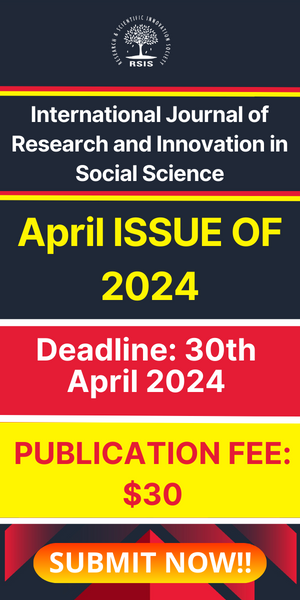Modal Analysis, Fatigue Analysis and Optimization of Pitman Arm Using FEM
- September 30, 2018
- Posted by: RSIS
- Category: Mechanical Engineering
International Journal of Research and Scientific Innovation (IJRSI) | Volume V, Issue IX, September 2018 | ISSN 2321–2705
Modal Analysis, Fatigue Analysis and Optimization of Pitman Arm Using FEM
Pradeep B Patil, P. D. Darade, K. R. Jagtap, D. N. Korade
Department of Mechanical Engineering, Sinhgad Institute of Technology and Science, Narhe, Pune, Maharashtra, India
Abstract— Steering system is used to steer the front wheels corresponding to the inputs provided by the driver in order to achieve overall directional control of the vehicle. Thus, in vehicle handling characteristics steering system plays very important role. The Pitman arm is a linkage attached to the steering box, sector shaft, that converts the angular motion of the sector shaft into the linear motion needed to steer the wheels. The Pitman arm is supported by the sector shaft on one side and on the other side to the drag link or center link with a ball joint. A performance study will be carried to analyze vibrational behavior and fatigue life of pitman arm using FEA tools. The structural optimization will be done on the pit man arm using Optistruct, changing the structure of pitman arm by removing the material from the surface where stress value is low. The meshing and boundary conditions will be applied using Hypermesh 12.0 and analysis will be carried out using ANSYS. The testing of Pitman arm is carried out for vibrational analysis and fatigue analysis and the result will be validated with the experimental results.
Index Terms — Finite element analysis, Fatigue analysis, Modal analysis, Pitman arm, Topology optimization.
I. INTRODUCTION
The Pitman arm is a steering component that is used in an automobile or truck. It is a linkage between sector shaft of the steering box and drag link. It transmits the angular motion to the linear motion that is required to steer the wheels in desired direction. The arm is attached to the sector shaft and supports the drag link or center link with a ball joint. It transmits the motion it receives from the steering box into the drag (or center) link, causing it to move left or right to turn the wheels in the appropriate direction. The idler arm is attached between the opposite side of the center link from the Pitman arm and the vehicle’s frame to hold the center or drag link at the proper height. A worn ball joint or a sudden failure of pitman arm can cause severe damage and may get worse over time.


